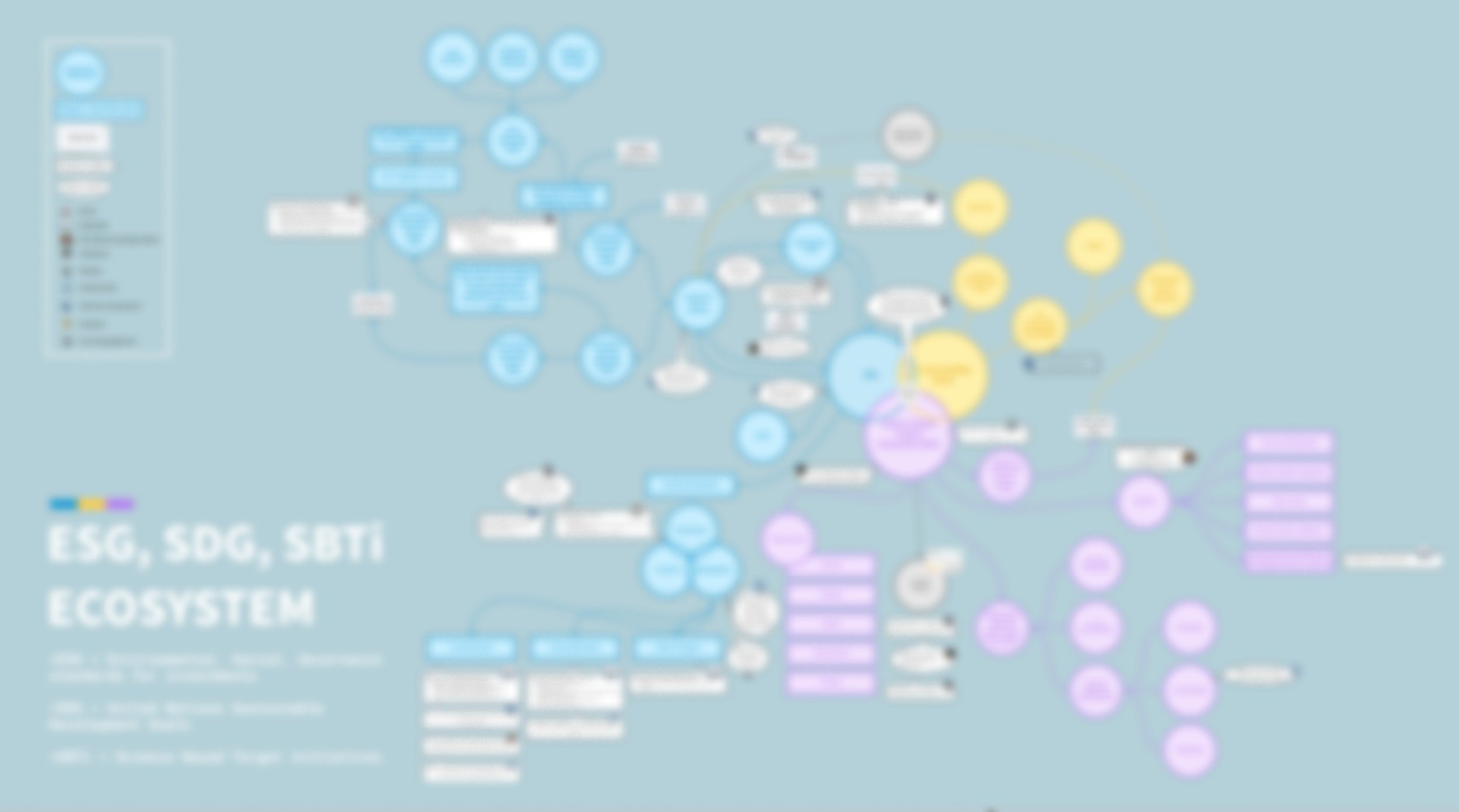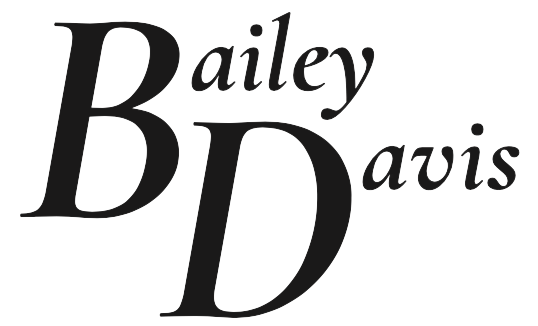
August 2022 — May 2023, Parsons School of Design
LIBRARY
Creating accessibility, transparency, and communication within the ESG industry.
Scroll ↓
Background
— Brief
This project explores ESG as a research topic with opportunity areas emphasising accessibility, transparency, and community within the complex ever changing ecosystem of ESG, SBTi, UN SDG.
Learn about the in-depth research, here.
— Measurements of Success
The final outcome is an innovative digital tool that utilizes AI technology to consolidate and analyze Environmental, Social, and Governance (ESG) performance factors concisely and in a user-friendly manner.
— Tools
Notion // Mural //Miro // Typeform // Canva // Figma
— Skills
Qualitative Research // Synthesis & Ideation // Synthesis Workshop // Opportunity Mapping // Storytelling // Video Editing // Narration // Landscape Analysis // Prototyping // Business Model Development // Branding
Research Summary
Problem: We have to change how information is communicated between organisations, and stakeholders.
Without adequate communication between ESG investors, SBTi, the United Nations, and Governments adaptability of new rules and regulations will be unclear and therefore unachievable for global corporations.
-
This project focuses its research at the intersection of Environmental Social Governance (ESG), Science Based Target initiatives (SBTi), and the United Nations Sustainable Development Goals.
-
Through desk research, interviews, and synthesis workshops with experts in the topic, the research concluded with 3 key insights.
ESG is a risk analysis. The system that ESG lives within is complex and constantly changing.
People, corporations, and investors have preferences towards ESG, affecting where they focus their efforts. Simultaneously, it is more practical to target only some areas of ESG rather than all.
ESG can have a successful impact when changing internal company procurement processes.
-
From the top 3 insights, we were able to create 3 areas of opportunity.
Simplify and centralise the complex system of frameworks, sources, and constant change in the ESG ecosystem.
Link ESG risk for companies and social action for humanity to discover the most impactful area for companies to start.
Make internal communication easier within the workplace when addressing ESG procurement practices.
Learn more about implementation by scrolling on.
-
The ESG / SBTi / UN SDG ecosystem is currently operating in silos, when impacting everyone on the planet.
If ESG is a risk analysis, we believe the risk of not giving everyone access to this information is the biggest risk of all.
ESG / SBTi / UN SDG Ecosystem
ESG = Environmental Social Governance
SBTi = Science Based Target initiatives
UN SDG = United Nations, Sustainable Development Goals
This diagram includes direct quotes, and stakeholders involved.
Our first step is to understand the system we are working within.
This diagram showcases how three systems (ESG / SBTi / UN SDG) impact each other. Our initial hypothesis was that they worked collectively together but our research proved otherwise.
As we researched, we expanded UN SDG to “sustainability goals” to include corporations that are releasing sustainability goal documents separate to ESG documents.
Qualitative Research Methods
Articles
To gather initial research on the topic and collect a base understanding.
Case Studies
To find commonalities and conditions between successful and unsuccessful goals.
Interviews
To gather and understand multiple viewpoints and expertise within the same subject matter: ESG.
Podcasts
To access C Suite executives opinions on the topic who would otherwise be inaccessible.
Informal Convos
We are in ongoing conversations with some members of our team network who have experience in the ESG space.
ESG is a risk analysis. The system that ESG lives within is complex and constantly changing.
People, corporations, and investors have preferences towards ESG, affecting where they focus their efforts. Simultaneously, it is more practical to target only some areas of ESG rather than all.
ESG can have a successful impact when changing internal company procurement processes.
— Key Insights
How Might We?
bridge the gap between ESG goals and actionable strategies in global corporations?
— Leverage Points
Leverage points are the areas within the system where we believe a solution can be applied in order to bring out the desired outcome.
— Opportunity Matrix
The opportunity matrix allows for our team to unbiasedly prioritise the opportunity areas against each other by determining how much effort is needed and the value that it will produce. Anything that falls into the blue quadrants, produce high value with lower effort.
— Point of Innovation
This diagram allows us to find a point of innovation that solves for multiple opportunity areas.
In our case it was “a platform that compiles tools and reporting for companies and investors.”
— Desirability, Viability, Feasibility Venn Diagram
Once we found the top 3 opportunity areas, we mapped it on the desirability, viability, feasibility venn diagram.
Storytelling
Our team aimed to make ESG discussions more enjoyable, using running as a metaphor to break down the process into five stages: kick off, training, nutrition, recovery, and balance. Our research led us to simplify the metaphor into "taking your first steps," creating a relatable concept for all. We transformed our findings into a quick and comprehensive video that combined research, synthesis, and ideation into a visual story. The video highlighted ESG opportunity areas and built trust and familiarity through storytelling.
Watch on Vimeo, here.
Opportunity Mapping
Opportunity 1
To simplify and centralise the complex system of frameworks, sources, and constant change in the ESG ecosystem.
Opportunity 2
To link ESG risk for companies and social action for humanity to discover the most impactful area for companies to start.
Opportunity 3
To make internal communication easier within the workplace when addressing ESG procurement practices.
Outcome
This project is for the Parsons School of Design, MSc Strategic Design and Management final Design Research project 2022. It explores ESG as a research topic with opportunity areas emphasising accessibility, transparency, and community within the complex ever changing ecosystem of ESG, SBTi, UN SDG.
Researched by Bailey Davis, Andrea Sotomayor, and Meshwa Kshatriya. Designed by Bailey Davis, and Andrea Sotomayor. Narrated by Bailey Davis.
*ESG = Environmental, Social, Governance
*SBTi = Science Based Target initiatives
*UN SDG = United Nations, Sustainable Development Goals
Watch on Vimeo, here.






